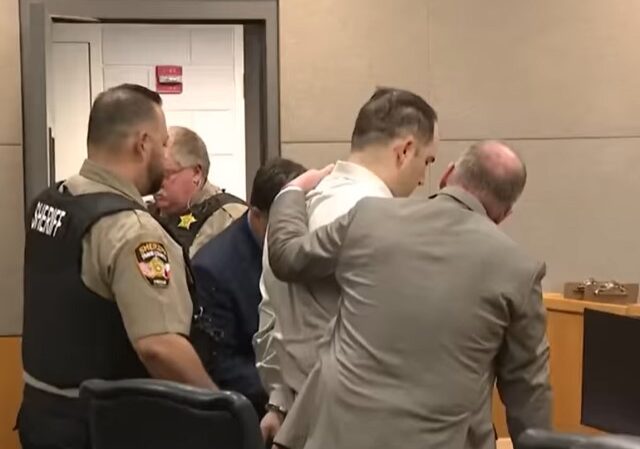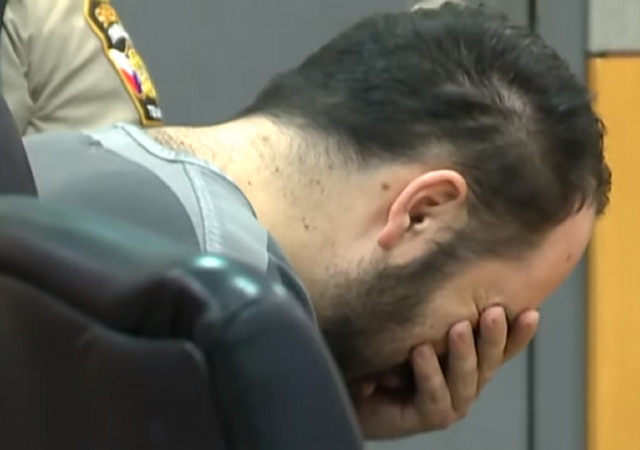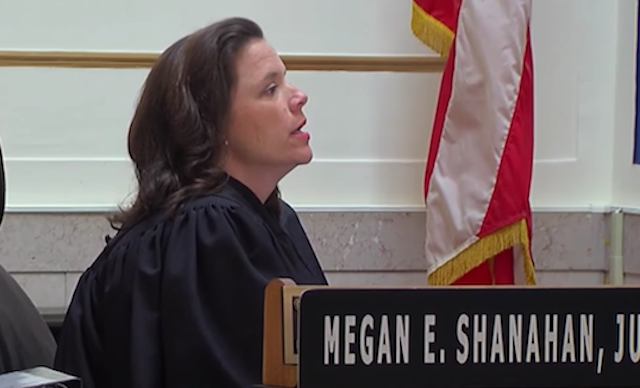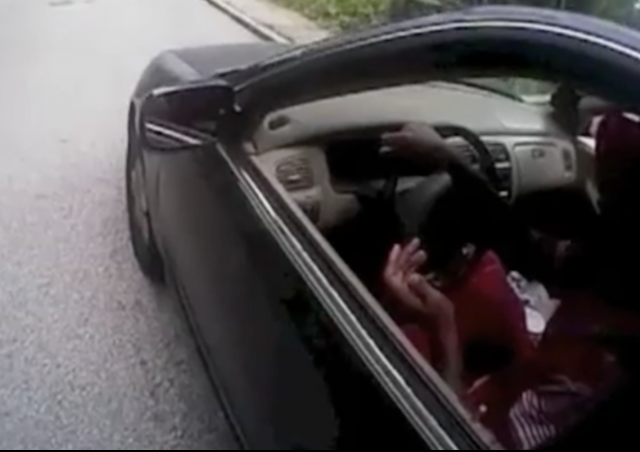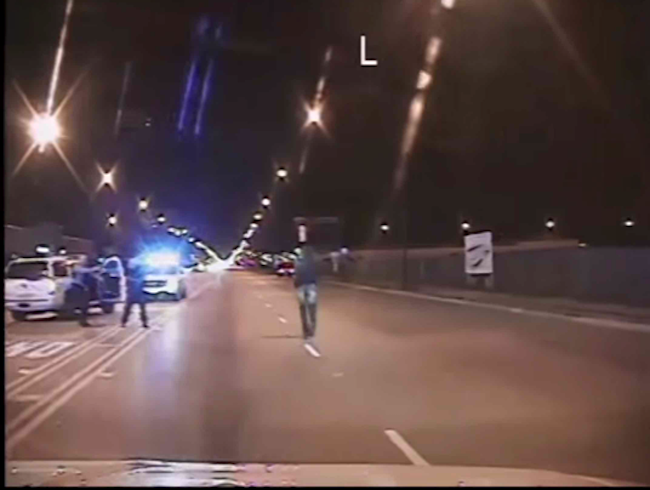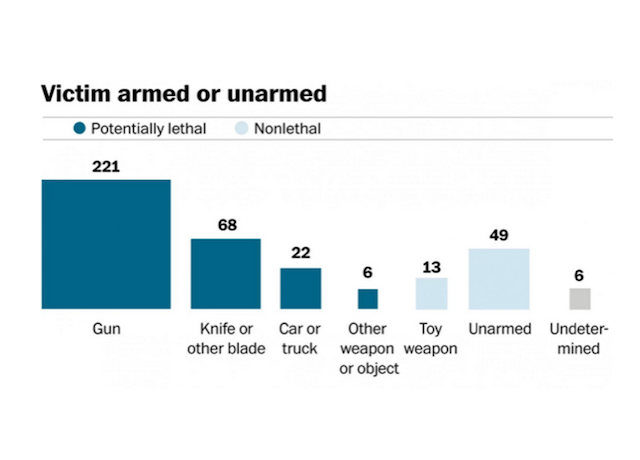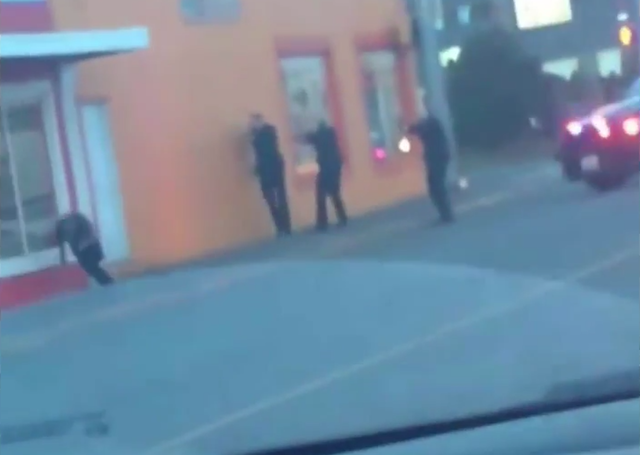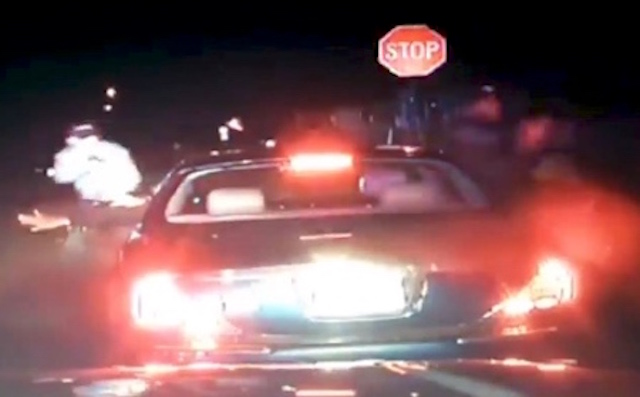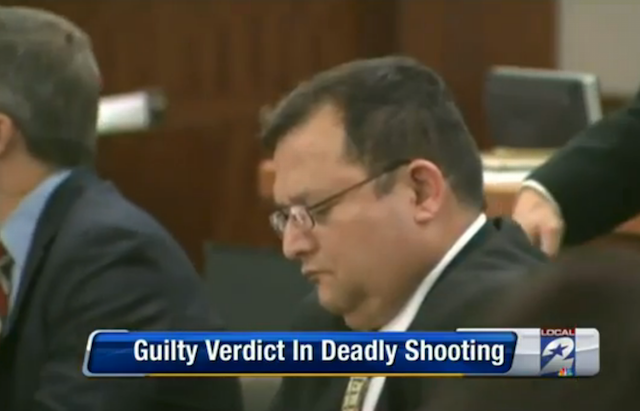Eugene Volokh has an interesting post over at his
Volokh Conspiracy blog about a Washington-state Court of Appeals decision finding that there exists a Constitutional right of self-defense against attacking animals. That decision,
State v. Hull (Wash. Ct. App. Dec. 18, 2014), is embedded at the bottom of this post.
Professor Volokh's post on the matter is, as usual, insightful and worth reading, although it delves into considerable legal minutiae (as it must, given that the decision it discusses is based upon that minutiae).
"Bad Cases Make for Bad Law"
All the legalese aside, the decision could well be an interesting read even to non-lawyers for reasons unmentioned by Professor Volokh, and that is because it illustrates the truth of the adage, "Bad cases make for bad law."
It seems inarguable that a person would have the legal right to defend himself against an unprovoked attack, regardless of the form--human aggressor, attacking animal, rampaging zombie, whatever.
Yet at the trial the prosecution made precisely the argument that Washington state's self-defense laws applied only to a human attacker, and not to an animal attacker, and that therefore the defendant's request for a self-defense instruction should be denied. Notably, this was an argument centered on what jury instructions were to be read, so it was made directly to the trial judge as a single individual, and not to the jury generally, so the prosecution needed to convince only one mind to agree.

